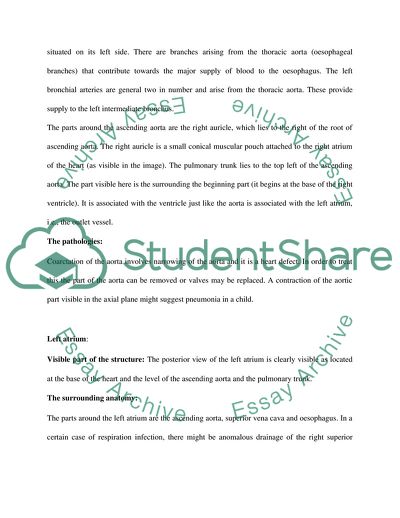Cite this document
(Description and Anatomy of the Human Body Essay, n.d.)
Description and Anatomy of the Human Body Essay. Retrieved from https://studentshare.org/biology/1708653-multi-planar-anatomy
Description and Anatomy of the Human Body Essay. Retrieved from https://studentshare.org/biology/1708653-multi-planar-anatomy
(Description and Anatomy of the Human Body Essay)
Description and Anatomy of the Human Body Essay. https://studentshare.org/biology/1708653-multi-planar-anatomy.
Description and Anatomy of the Human Body Essay. https://studentshare.org/biology/1708653-multi-planar-anatomy.
“Description and Anatomy of the Human Body Essay”. https://studentshare.org/biology/1708653-multi-planar-anatomy.


